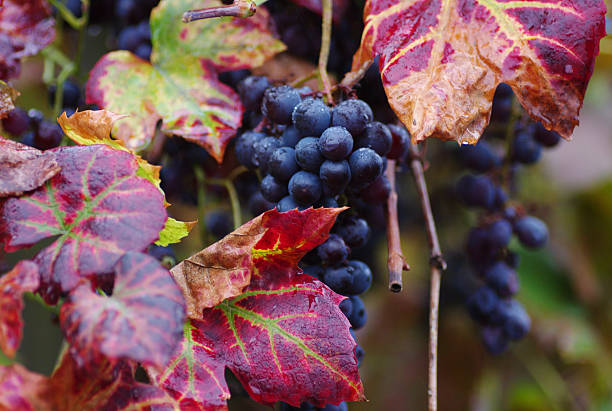Eating vegetables that are in season not only ensures freshness and flavor but also contributes to a sustainable and eco-friendly lifestyle. Knowing which vegetables are currently in season allows you to make the most of what nature has to offer while enjoying the nutritional benefits they provide.
Benefits of Eating Seasonal Vegetables
Consuming seasonal vegetables offers a myriad of benefits. Firstly, they are fresher as they are harvested at their peak ripeness, resulting in better taste and higher nutritional content. Secondly, seasonal vegetables are often more affordable as they are abundant during their respective seasons. Additionally, by eating locally grown produce, you support local farmers and reduce the carbon footprint associated with transportation.
Spring Vegetables
As the weather warms up, an array of vibrant vegetables graces the markets. Leafy greens like spinach, kale, and arugula thrive during this season, offering a burst of vitamins and minerals. Asparagus, known for its tender spears, is another spring delicacy, rich in folate and fiber. Radishes and peas also make their appearance, adding color and crunch to spring salads.
Summer Vegetables
Summer heralds the arrival of an abundance of colorful vegetables. Juicy tomatoes, whether heirloom or cherry, are a staple in summer cuisine. Zucchini and yellow squash are versatile ingredients that can be grilled, roasted, or spiralized into noodles. Sweet bell peppers and crisp corn are perfect for adding sweetness and crunch to summer dishes.
Fall Vegetables
As the days grow shorter, fall brings a bounty of hearty vegetables. Pumpkins and various squash varieties, such as butternut and acorn squash, take center stage, offering warmth and comfort in soups and stews. Brussels sprouts, with their nutty flavor, and sweet potatoes, packed with antioxidants, are fall favorites that can be roasted, mashed, or added to casseroles.
Winter Vegetables
Despite the cold weather, winter offers an array of nutritious vegetables. Broccoli, rich in vitamin C and fiber, adds a vibrant green hue to winter plates. Cauliflower, with its mild flavor, is a versatile vegetable that can be roasted whole or mashed as a low-carb alternative to potatoes. Carrots, packed with beta-carotene, and kale, a nutritional powerhouse, are essential winter vegetables that can be incorporated into soups, salads, and stir-fries.
Importance of Seasonal Eating
Eating seasonal vegetables promotes a connection to nature’s cycles and fosters appreciation for local agriculture. It encourages diversity in your diet, ensuring a wide range of nutrients throughout the year. Seasonal eating also supports sustainable farming practices and reduces reliance on imported produce, thereby reducing the carbon footprint associated with food transportation.
Tips for Incorporating Seasonal Vegetables
- Visit farmers’ markets: Explore local farmers’ markets to discover seasonal produce and engage with the farming community.
- Join a CSA (Community Supported Agriculture) program: Sign up for a CSA program to receive a weekly or monthly supply of fresh, seasonal vegetables directly from local farms.
- Get creative in the kitchen: Experiment with different cooking methods and recipes to make the most of seasonal vegetables. Try roasting, grilling, sautéing, or incorporating them into soups, salads, and smoothies.
- Plan meals around seasonal ingredients: Design your meal plans based on what’s in season to enjoy the freshest flavors and nutritional benefits.
- Preserve seasonal abundance: Consider freezing, canning, or pickling excess produce to enjoy seasonal flavors year-round.
Conclusion
Eating seasonal vegetables is not only a delicious culinary experience but also a sustainable and health-conscious choice. By embracing the variety and freshness that each season offers, you can nourish your body, support local farmers, and reduce your environmental impact.
